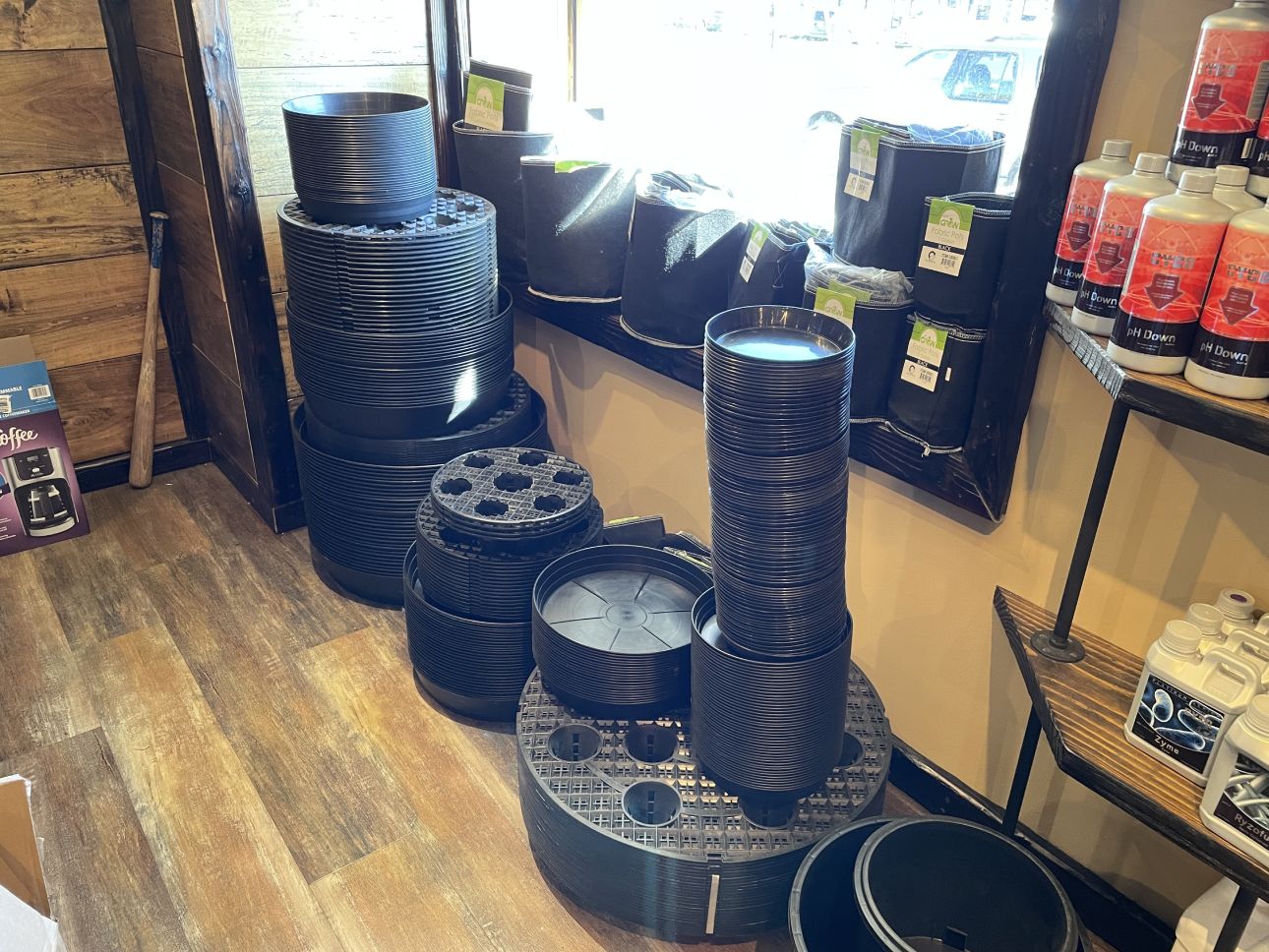Opening the Possible of Hydroponics: Recognizing Its Makes Use Of and Various Kinds
Hydroponics, an approach of cultivating plants without soil, has gathered boosting focus for its potential to reinvent farming and cultivation practices. As we navigate through the intricate landscape of hydroponic systems and techniques, it becomes evident that each approach holds distinct benefits and constraints.
Benefits of Hydroponic Systems

Another benefit of hydroponic systems is the capability to grow plants in a smaller room. Hydroponic systems reduce the risk of soil-borne diseases and pests, as there is no dirt to nurture these risks.
Common Makes Use Of in Farming

Given the reliable water preservation and space-saving advantages of hydroponic systems, it is noticeable that these cutting-edge farming approaches have actually found common usages in different sectors of farming. The controlled environment of hydroponic systems makes it possible for year-round growing, providing a regular supply of fresh produce no matter of external climate conditions.
Hydroponics is frequently made use of for growing a variety of crops, consisting of leafed environment-friendlies, tomatoes, cucumbers, natural herbs, peppers, and strawberries. In addition, hydroponic systems are made use of in research and educational settings to study plant growth, nutrition, and growing methods.
Checking Out Different Hydroponic Strategies
Hydroponic systems offer a range of approaches that cater to different plant types and growing objectives. Furthermore, the Ebb and Circulation system, additionally known as the Flood and Drainpipe system, intermittently floodings the plant roots with nutrient option, allowing for oxygenation during draining durations. Each of these strategies showcases the adaptability and performance of hydroponic systems in boosting crop growth and return.
Contrasting Numerous Hydroponic Solutions
Discovering the effectiveness and return improvement methods in hydroponics leads us to compare different hydroponic systems offered for plant farming. Each hydroponic system has its one-of-a-kind features, advantages, and restrictions, making it crucial for growers to choose the most suitable system based upon their particular demands and constraints.
One of one of the most typical hydroponic systems is the nutrient film strategy (NFT), where a thin movie of nutrient service continually moves over the plant origins. This system is prized for its water effectiveness and suitability for growing leafy greens and natural herbs. On the other hand, the deep water culture (DWC) system immerses plant roots directly right into the nutrient remedy, offering ample oxygen and nutrients. The DWC system is relatively straightforward and affordable, making it a popular selection for novices.
An additional preferred hydroponic system is the ebb and flow (or flooding and drainpipe) system, which periodically floodings the plant roots with nutrient solution before draining it. By understanding the distinctions between these hydroponic systems, growers can make enlightened decisions to make the most of plant yield and quality.
Technologies in Hydroponic Innovation
With advancements in Get More Info hydroponic modern technology, the agricultural sector is seeing a shift in the direction of extra lasting and effective cultivation approaches. Advancements in hydroponic technology are changing the method plants are expanded by optimizing yields, conserving sources, and minimizing ecological effect. One crucial innovation is the growth of smart hydroponic systems that use sensing units and automation to keep track of and readjust ecological conditions such as pH levels, nutrient focus, and light direct exposure in real-time. These systems enable exact control over expanding conditions, resulting in ideal plant development and greater crop yields.
An additional noteworthy improvement is the assimilation of upright farming strategies with hydroponic systems, enabling the cultivation of crops in piled layers. This upright strategy takes full advantage of area application, making it ideal for urban environments where land availability is limited - The Indoor Earthworm. Furthermore, using sophisticated LED lights systems customized to details plant needs has actually boosted power effectiveness and improved growth rates in hydroponic setups
Technologies like these are driving the advancement of hydroponics, making it a sustainable and highly eye-catching alternative for contemporary agriculture.
Conclusion
Finally, hydroponics supplies various benefits in farming and has different techniques and systems that can be made use of to optimize its capacity. Innovations in hydroponic modern technology remain to enhance efficiency and sustainability in food official source manufacturing. By comprehending the uses and various kinds of hydroponic systems, farmers and farmers can unlock the browse around these guys complete capacity of this ingenious method of growing plants without dirt.
Additionally, hydroponic systems permit for far better control over nutrient levels, pH equilibrium, and environmental problems, leading to much healthier plants and higher returns.
